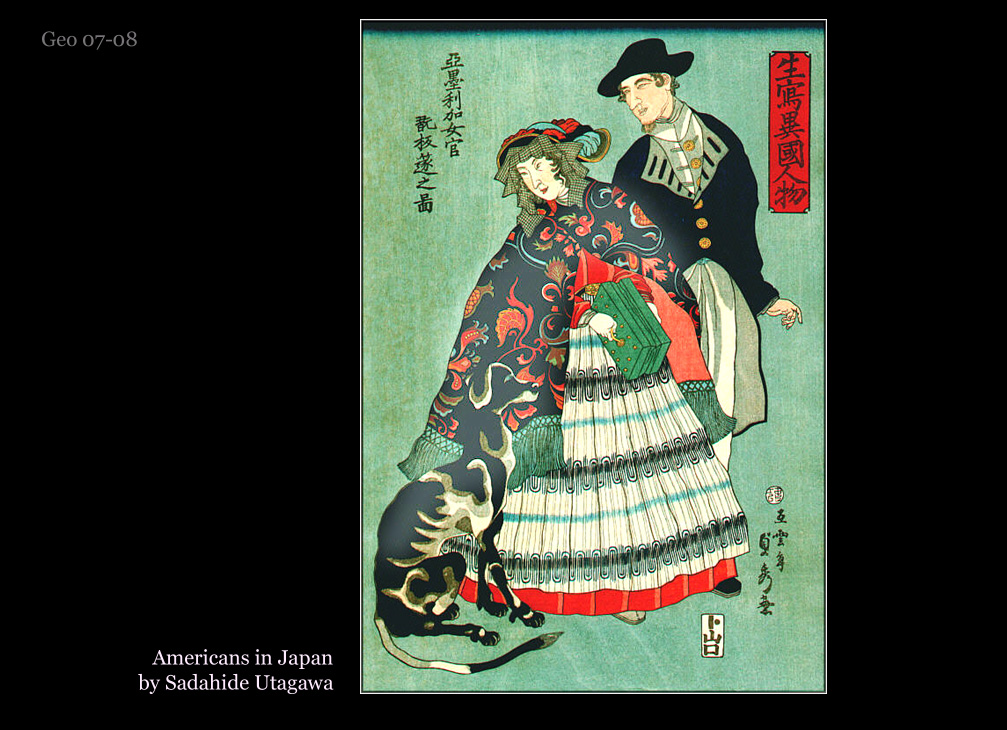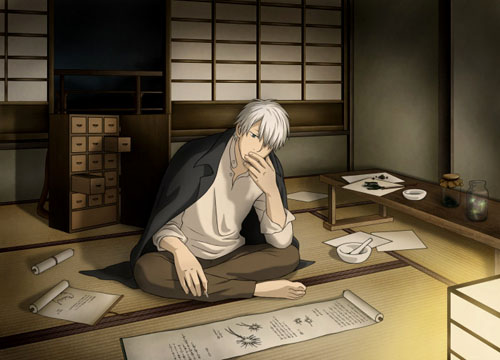Below is the introduction I delivered for Linda, Linda, Linda at Washington University in St. Louis’ Japanese mini-film festival. I really liked this film and highly recommend it from an entertainment and from a sociological perspective. Someone needs to update Hendry and Sugimoto, because things are changing a bit!
 In highly developed economies, it is hard to find a more universal theme than that of school life. Because of the compulsory educational standards found both in the United States and in Japan, nearly everyone has some commonality when it comes to memories of adolescent relationships, classroom happenings, and the general type of self-discovery that comes along with the experience we call “high school.”
In highly developed economies, it is hard to find a more universal theme than that of school life. Because of the compulsory educational standards found both in the United States and in Japan, nearly everyone has some commonality when it comes to memories of adolescent relationships, classroom happenings, and the general type of self-discovery that comes along with the experience we call “high school.”
Unsurprisingly, the film we are about to see does not revolve around classroom happenings, but on interpersonal relationships and group dynamics found within school clubs. Clubs are an important aspect of Japanese school life. Clubs or circles exist throughout school life, from the earliest grades throughout university life, and are integral for social acclimation. There are all sorts of clubs, from dance to martial arts, music to computers, anime to sports, chess to sewing and fashion. Yet, many times, the clubs exist more for the social interaction than the enjoyment of the activity itself!
Clubrooms are places where students can go after school or during breaks to hang out and enjoy spending time with likeminded people. Clubs provide an “in group” within a society that places a high premium on being part of “the group.” These “In” or “Sub” groups allow for individuality in numbers, thereby not causing someone to be a loner or stick out too greatly. If many people enjoy the same activity, there is safety in those numbers. Clubs at any given school also have long histories. Members of any given club may have more or less social capital depending on the status and reputation of the club. Even after members graduate, there is still a sense of community that endures into college years and beyond.
Part of fitting in with a club, or most of Japanese society for that matter, is maintaining group harmony. Not committing meiwaku or an annoyance against a given group is crucial to preserving wa, or harmony. In Linda, Linda, Linda we see a group where some interpersonal meiwaku has fragmented a rock band made up members of the pop music club. This band must still perform at the school festival, but finds itself without a singer. In an attempt to goad one of the members back into singing with the group, one of the band members rashly recruits Son, a Korean exchange student to sing for the band. Not only is Son an outsider in that she is a Gaijin, or foreigner, but the members of this club have been tight with one another since junior high. The offended member stalks off, and as the plot unfolds, the inexperienced Son gets a crash course in Japanese group behavior. Quickly acclimating to an established group in any cultural context, even your own, can be daunting at best. Perhaps some of you who have lived abroad may identify to an extent with Son; I am sure many of us have been on the other side where we are still figuring out how to best embrace and relate to those who are different from us.
At any rate, more than just being a good snapshot of Japanese school life, the movie we are about to see does a good job examining themes of cross-cultural exchange, group dynamics, perseverance, and friendship. Without further ado, please enjoy the show!



